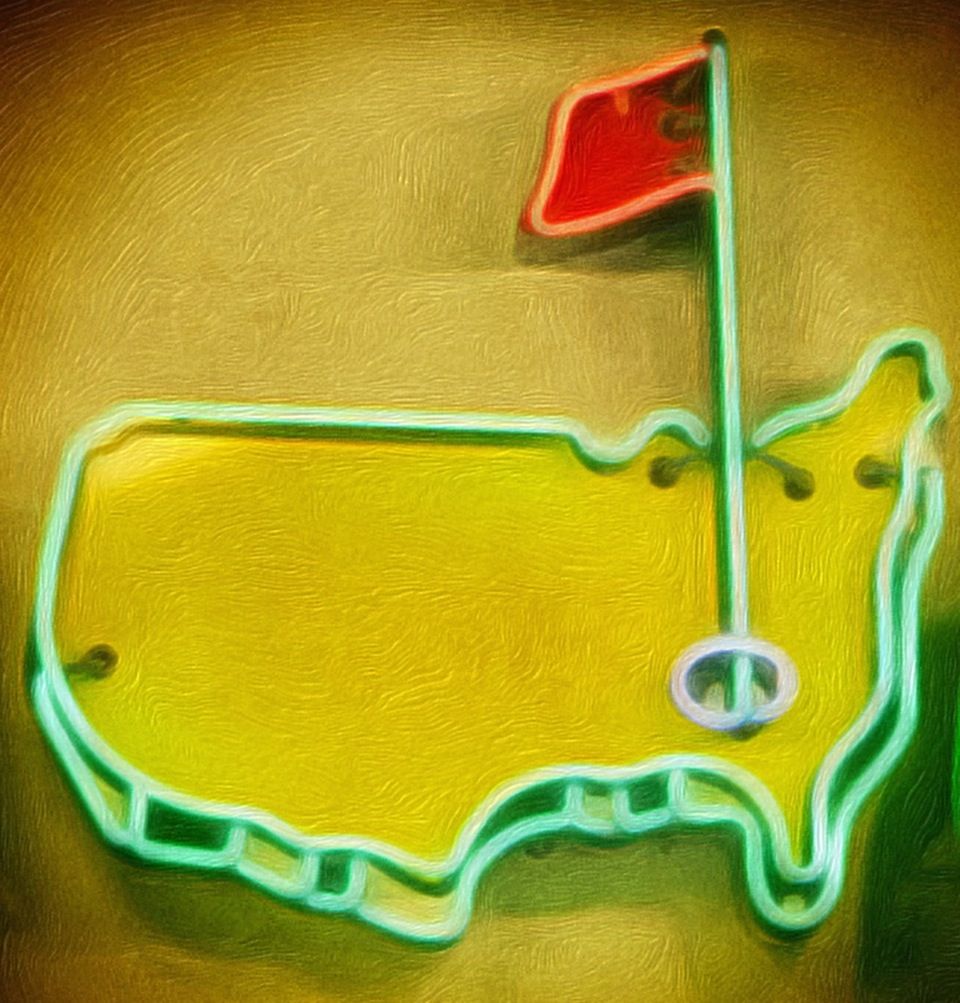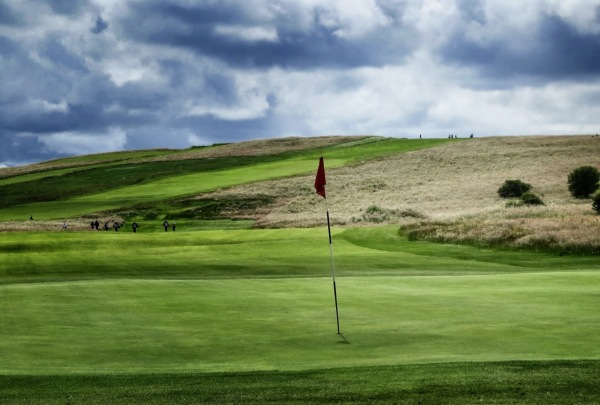A few of you saw my comments on Morning Drive Monday about Augusta National being too green and wanted some elaboration.
 Alright, here's what we know:
Alright, here's what we know:
—It was a strong year for overseeding rye in Georgia. Multiple locals in Augusta, Aiken and Atlanta all said the weather was perfect for a robust rye grass harvest. Three different people tried to insist to me last week that there had to be some sort of synthetic turf mixed into the real turf. It was that deep and dense of a green.
—Augusta National has no shortage of resources, including chemical assistance to ensure great conditions. Unfortunately, this also means that the turf is so well fed that even if cut tight by 8 am when the gates open, by the time the leaders go out late in the day on weekends the grass has had 8-12 hours to grow. Lake banks, greens and fairways slow down as the day goes. I couldn’t see mowers doing their thing because we are not allowed on the course before 8, but I’m guessing they were picking up a lot of clippings.
—The trend has been for green and making the course play long over all else in recent years to keep ANGC relevant in the face of distance advancements. This year was the deepest green yet, with the annual practice of mowing fairway grain toward the tees creating a huge contrast in looks between the first and ninth fairways. There was almost no roll. I was only at the second fairway a few times, but each time a drive headed to the bunker stopped short thanks to this cut. That makes the course play easier for today’s players, who have extraordinary ball control if they don't have to worry about what happens when the ball hits the ground.
—The second cut was true rough this year. It did not appear to be topped off daily and instead of creating problems, saved a lot of balls from going to more trouble. Spieth’s Thursday second shot on 15 immediately comes to mind as one ball that did not end up in a hazard because of the rough. And the second cut continues to strip the place of a certain elegance in spots that one tight cut would deliver.
—Sub-Air is overrated. Everyone has that initial demo in mind from several years ago when a large puddle was sucked out of a green as cameras roll. The Sub-Air does a nice job at Augusta National of getting air to the roots, while the installation of a heating and cooling under the greens also plays a big part in the healthy greens there.
--The setup was balanced, interesting and more consistent. The committee seemed to have a better balance of fun and difficulty each day, or just a few inches of speed reduction in the greens helped. But instead of their recent tendency to set things up tough for the first three days, only to make Sunday the birdiefest day, they seemed to not be trying too hard to make the early rounds excessive. According to Doug Ferguson, Sunday's final round, produced the lowest scoring average (70.91) of any round in the history of the Masters. No wonder Phil was displeased with himself for not posting a few more roar-inducing birdies.
So what does all of this mean?
The wisest, most imaginative player still won last week. Spieth and caddie Greller analyzed the course, built a local knowledge base in just two years and his tying of the record is not to be shrugged off just because of the soft conditions.
However, Augusta National has lost a little sizzle due to the love of emerald green and the push to keep the course up with the times. A little leaner course would restore some integrity by not so heavily rewarding the players who seek to merely overpower it. We want to see the bombers rewarded, but we also want to see them kept honest. If the ball is running into the trees or down lake banks or even just into positions less advantageous, Augusta National would be even more interesting and demanding.
Oh, and the second cut and trees planted on holes 7, 11, 3, 15 and 17 still need to go.
 As we discuss with Iain Carter, author of The Majors, the BBC golf correspondent picked a very good year to write a book about the men's Grand Slam events. Because history will look very kindly on the year. Even with Augusta being way too green, Chambers Bay too brown, St. Andrews' greens were too fast and Whisting Straits apparently defenseless (though who knows how anyone breaks par there!), the players picked up the slack for the governing bodies and delivered four very memorable weeks.
As we discuss with Iain Carter, author of The Majors, the BBC golf correspondent picked a very good year to write a book about the men's Grand Slam events. Because history will look very kindly on the year. Even with Augusta being way too green, Chambers Bay too brown, St. Andrews' greens were too fast and Whisting Straits apparently defenseless (though who knows how anyone breaks par there!), the players picked up the slack for the governing bodies and delivered four very memorable weeks.














